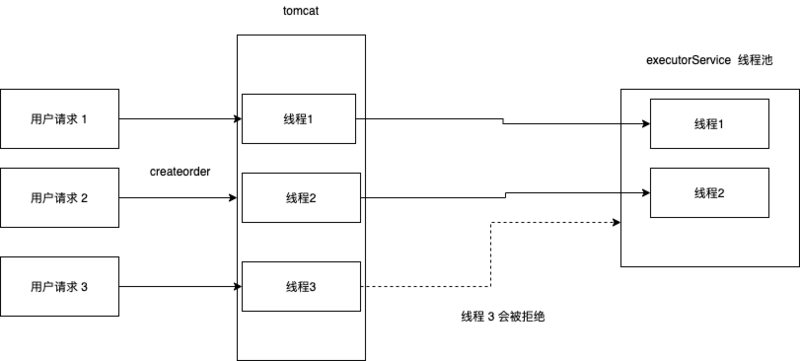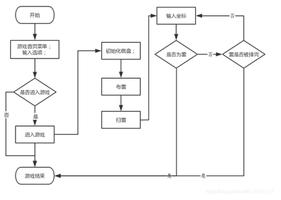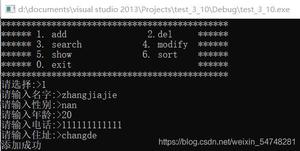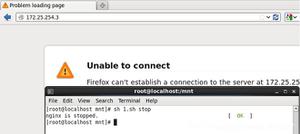秒杀项目里的队列泄洪
我在学习一个秒杀项目,课程提到队列泄洪的技术。我的理解是为了避免请求数过大而冲垮系统,通过一个线程池来减缓过大的流量。
//封装下单请求@RequestMapping(value = "/createorder",method = {RequestMethod.POST},consumes={CONTENT_TYPE_FORMED})
@ResponseBody
public CommonReturnType createOrder(@RequestParam(name="itemId")Integer itemId,
@RequestParam(name="amount")Integer amount,
@RequestParam(name="promoId",required = false)Integer promoId,
@RequestParam(name="promoToken",required = false)String promoToken) throws BusinessException {
//交由线程池创建的线程来初始化库存流水并发送减库存事务消息
//在一台服务器上,同一时间内只有20个用户请求来下单,其他请求需要排队
Future<Object> future = executorService.submit(new Callable<Object>() {
@Override
public Object call() throws Exception {
//初始化库存流水,并获取其状态
String stockLogId = itemService.initStockLog(itemId, amount);
//完成下单事务消息机制
if(!mqProducer.transactionAsyncReduceStock(userModel.getId(), promoId, itemId, amount, stockLogId)) {
throw new BusinessException(EmBusinessError.UNKNOWN_ERROR, "下单失败");
}
return null;
}
});
try {
future.get();
} catch (InterruptedException e) {
throw new BusinessException(EmBusinessError.UNKNOWN_ERROR);
} catch (ExecutionException e) {
throw new BusinessException(EmBusinessError.UNKNOWN_ERROR);
}
return CommonReturnType.create(null);
}
但是按照我对多线程的理解,tomcat为每一个web请求产生一个线程,这个线程执行web程序,那么为什么要在一个请求里通过线程池来新建线程,处理一个请求的后续步骤?这样能达到限制请求数的效果吗?
回答

以上是 秒杀项目里的队列泄洪 的全部内容, 来源链接: utcz.com/a/39954.html








